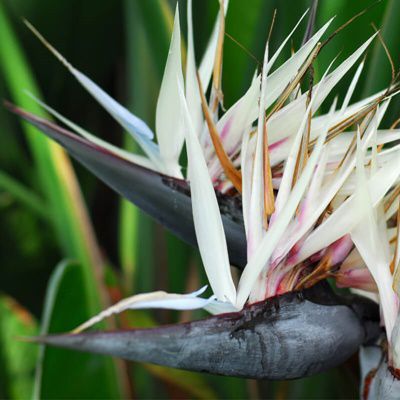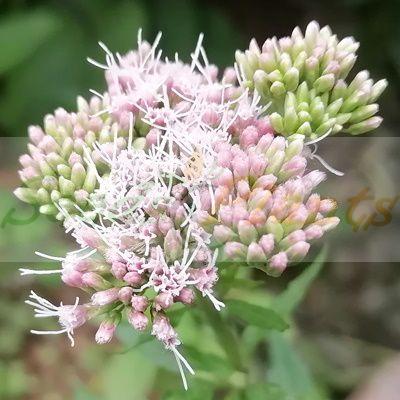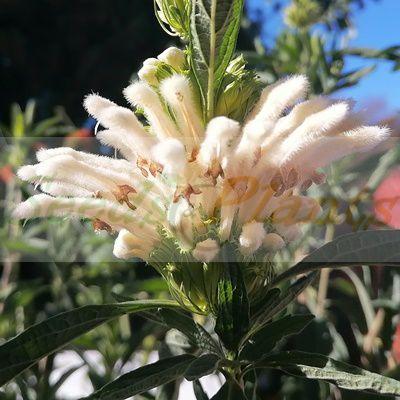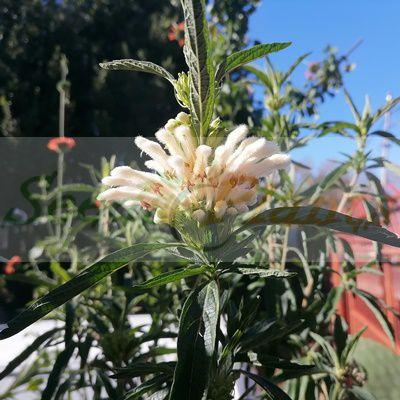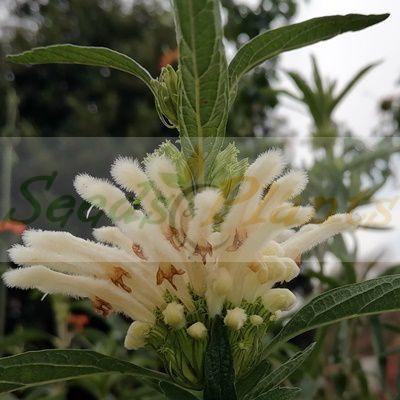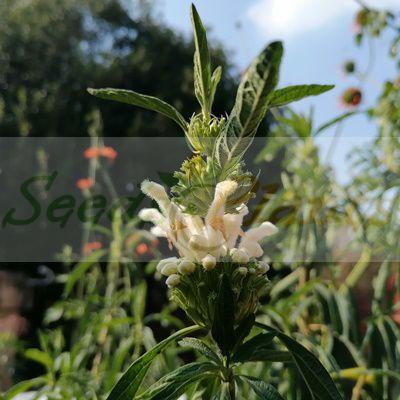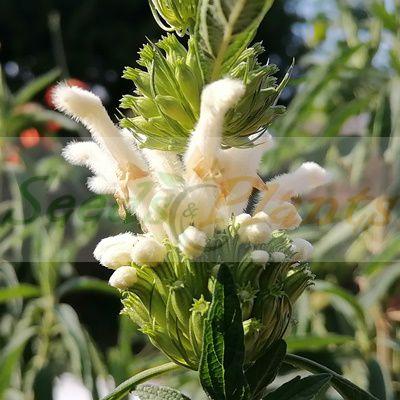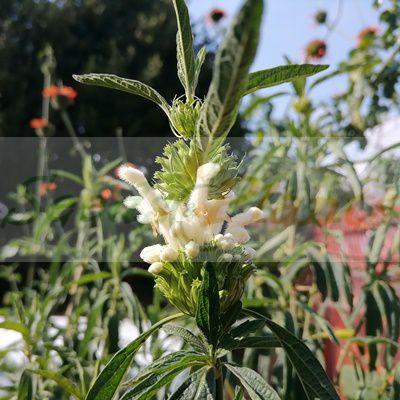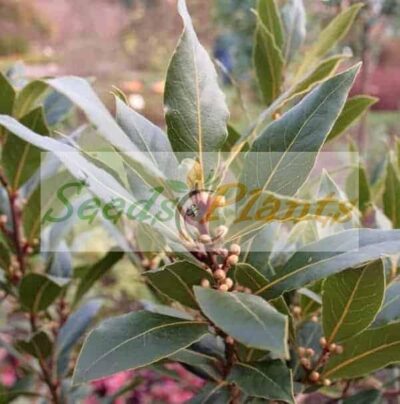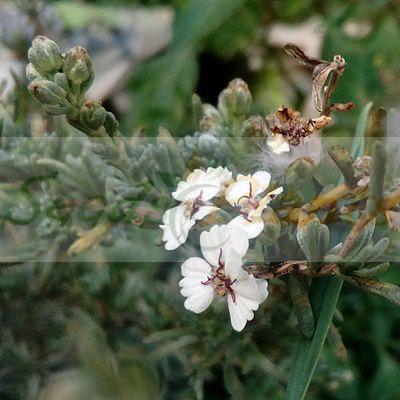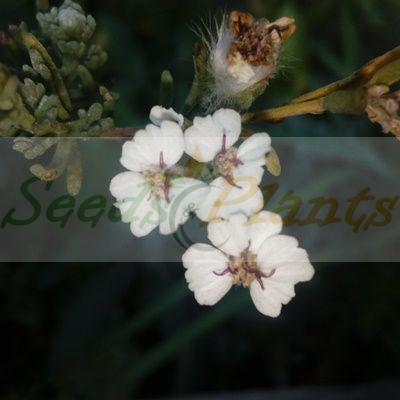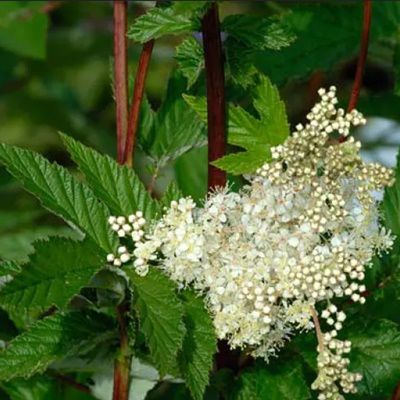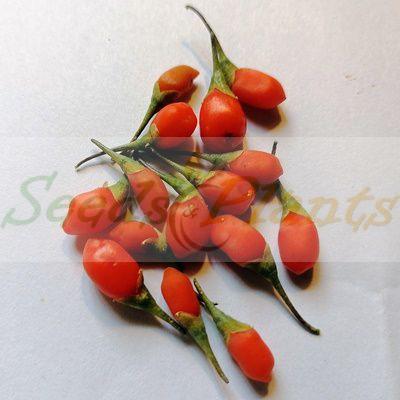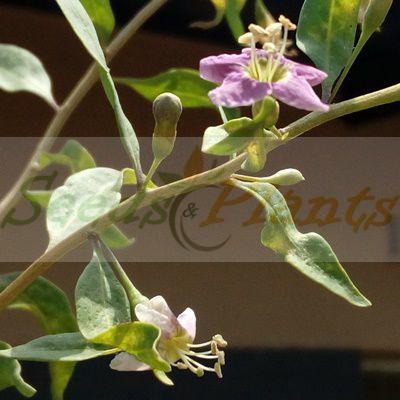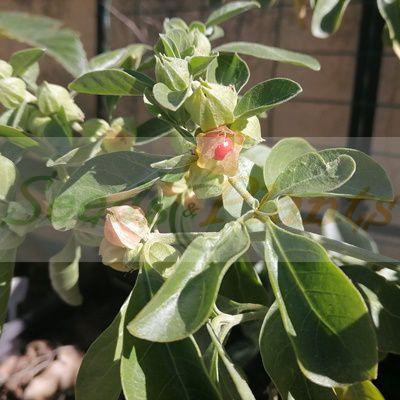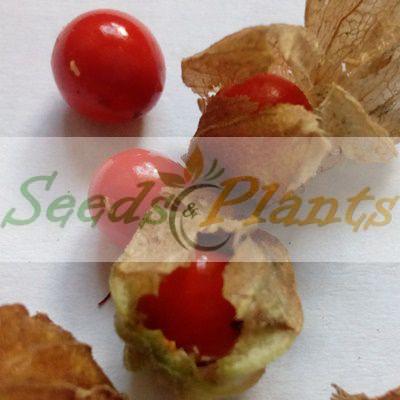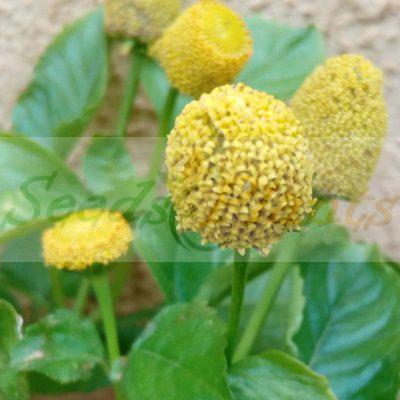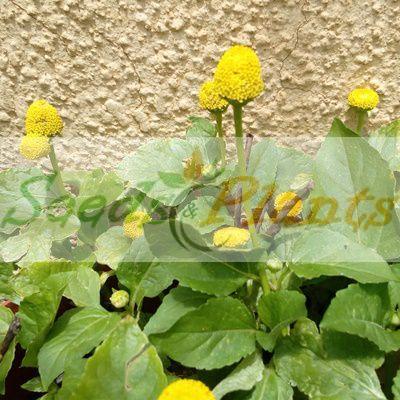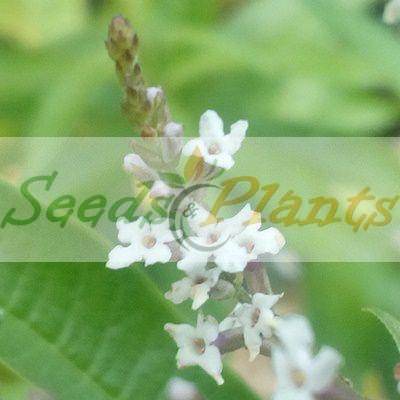🌿 Herbal Quick Facts
Medicinal Info
- 🌍 Origin / Region: South Africa
- 🌿 Medicinal Part: Bark, Flower, Leaf, Root, Stem
- 🍵 Herbal Preparation: Decoction, Extract / Tincture, Infusion / Tea, Poultice, Powder, Smoking
- ⚕️ Healing System: African Traditional Medicine
Growth Traits
- 🌱 Life Cycle: Perennial
- 🌾 Plant Type: Shrub
- 🦋 Pollinator Method: Attracts Bees, Attracts Butterflies, Attracts Sunbirds
- 🪴 Growth Habit: Upright
- 🌿 Foliage Type: Evergreen
- 🌸 Flower Color: Creamy White
Growing Requirements
- 🌞 Sun Exposure: Full Sun
- 💧 Water Needs: Moderate Water
- ☀️ Growing Conditions: Cold Tolerant, Drought Tolerant, Frost Tolerant, Heat Tolerant
- 🟤 Soil Preference: Tolerant of most soils, Well-Drained
Wild Dagga White – 10 Seeds
(Leonotis leonurus var. alba)
R50.00
This well known medicinal plant is great for attracting birds, bees and butterflies to your garden.
Common Names: White lion’s tail, leonotis (Eng.); wildedagga, duiwelstabak (Afr); imvovo, utywala-bengcungcu, umfincafincane, umunyamunya (isiXhosa); umfincafincane, umcwili, imunyane, utshwala-bezinyoni (isiZulu).
Seed Type: Organic – Harvested from our own plants.
Indoor Sowing: Spring and Early Summer.
Direct Sowing: Spring and Early Summer.
Only 1 left in stock
🌿 Herbal Quick Facts
Medicinal Info
- 🌍 Origin / Region: South Africa
- 🌿 Medicinal Part: Bark, Flower, Leaf, Root, Stem
- 🍵 Herbal Preparation: Decoction, Extract / Tincture, Infusion / Tea, Poultice, Powder, Smoking
- ⚕️ Healing System: African Traditional Medicine
Growth Traits
- 🌱 Life Cycle: Perennial
- 🌾 Plant Type: Shrub
- 🦋 Pollinator Method: Attracts Bees, Attracts Butterflies, Attracts Sunbirds
- 🪴 Growth Habit: Upright
- 🌿 Foliage Type: Evergreen
- 🌸 Flower Color: Creamy White
Growing Requirements
- 🌞 Sun Exposure: Full Sun
- 💧 Water Needs: Moderate Water
- ☀️ Growing Conditions: Cold Tolerant, Drought Tolerant, Frost Tolerant, Heat Tolerant
- 🟤 Soil Preference: Tolerant of most soils, Well-Drained
White Wild Dagga (Leonotis leonurus var. alba) is also known as white lion’s tail, leonotis (Eng.); wildedagga, duiwelstabak (Afr); imvovo, utywala-bengcungcu, umfincafincane, umunyamunya (isiXhosa); umfincafincane, umcwili, imunyane, utshwala-bezinyoni (isiZulu).
This is an excellent plant for attracting wildlife to your garden as the flowers profuse copious nectar which attracts birds, bees and butterflies. It is fast growing, soft-woody, robust, evergreen perennial shrub which grows up to 2-3m tall and 1.5m wide and is both drought and frost hardy.
The plant has tubular white flowers in tiered whorls, typical to the mint family, that encircle the square stems. They rise above the foliage mass during the summer season, with flowering continuing into winter in warmer climates. The leaves are aromatic when crushed. Leonotis leonurus var alba is primarily bird pollinated, however the nectar and pollen is also attractive to honey bees and other insects who also visit the flowers.
White Wild Dagga Medicinal Uses
- Wild Dagga has long been used in African traditional medicine as a treatment for fevers, headaches, malaria, dysentery and snakebite.
- It is used to clean out the uterus, treat diarrhea and heavy cramps, as a diuretic and as a tonic to strengthen the back.
- In Trinidad it is a common cold, fever and asthma remedy.
- The leaf juice is used in the treatment of thrush and in a plaster for wounds.
- An ethanolic extract of the plant showed anti-tumor and possibly antimicrobial activity.
- In Rwanda, the leaves of this plant are used to treat pneumonia, anthrax and syphilis.
- It has anti-nociceptive properties (inhibits pain sensations), is anti-inflammatory and hypoglycemic. Many people use this herb to manage arthritis and other inflammatory conditions.
- It is also used for heart conditions associated with anxiety and hypertension. It helps with symptoms of irregular heartbeats and will calm heart palpitations.
- It has been shown to posses antispasmodic effects and appears to inhibit acetylcholine and histaminem making it a natural antihistamine. It is also used as a sedative in natural medicine.
- Wild Dagga has a long history of being used as a smoking herb and an alternative to smoking cannabis.
Growing White Wild Dagga
Indoor Sowing: Spring and Early Summer.
Direct Sowing: Spring and Early Summer.
- Sow the seeds in spring or early summer.
- Fill seed trays with a finely sifted seedling mix comprised of equal parts potting soil and fine sand.
- Press the soil mixture down evenly and firmly. Water the soil mixture and let it drain.
- Sow the seed directly onto the damp surface of the medium and very lightly cover with the same mixture or with fine sand.
- Trays should be kept warm but not in direct sun and watered daily until the seedlings begin to emerge, at which point watering can be reduced to three or four times per week.
- Seedlings can be planted out into individual containers once they are large enough to handle.
Does this plant have medicinal uses?
Traditionally, Wild Dagga White has a history of use in African Traditional Medicine. Seeds are sold for cultivation purposes only.
Disclaimer
Medicinal Information:
All medicinal information on this website is for educational and informational purposes only and may not be construed as medical advice. The information is not intended to replace medical advice or treatment offered by healthcare professionals.
Seeds, Plants, Plant Cuttings, Geophytes and Dried Herbs:
In some countries and provinces, certain plants are deemed as invasive and are not allowed to be planted at all, whilst some plants are allowed to be grown only in certain areas or provinces. The onus is on you as the buyer to familiarize yourself with the regulations pertaining to your location, before purchasing any of our seeds, plants, plant cuttings, geophytes or dried herbs. We will not be held liable, should you purchase any seeds, plants, plant cuttings, geophytes or dried herbs. from us which are prohibited in your country or province.

